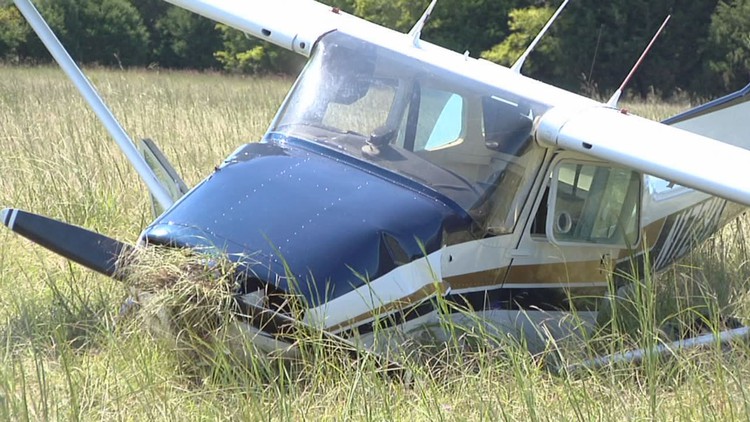
What you will learn
Explanation of engine fails and what actions to do.
Introduction to flying training for a pilots license.
Potentially life threading situation. Danger awareness and action consequences from the safety of the classroom.
For people wanting to do a pilots license or for people who are just interested
Description
If your engine stops while you are in flight there are 2 possibilities for what follows. 1 you are able to re start the engine and 2 you are going to land the aircraft. In this course we focus mainly on landing the aircraft safely.
When your engine fails immediately after takeoff, you don’t have time to attempt a restart. Instead, you need to focus on flying the plane and picking a safe landing spot. That’s why the first item on the checklist is airspeed. Fly too fast, and you’re wasting energy and descending faster than you need to.
An engine failure is always something that will get your blood pumping, but there’s one place where it can be particularly pulse-pounding: immediately after takeoff.
When your engine fails immediately after takeoff, you have a few things going against you. You’re low, slow, and you don’t always have a lot of good landing options as you look out over the cowl of your very silent engine. So what should you do? It all starts with the checklist. And in this case, we’ll use the checklist for a Cessna 172S. (Obviously, you should always use the checklist for the aircraft you’re flying, but you already knew that…)
When your engine fails immediately after takeoff, you don’t have time to attempt a restart. Instead, you need to focus on flying the plane and picking a safe landing spot.
That’s why the first item on the checklist is airspeed. Fly too fast, and you’re wasting energy and descending faster than you need to. Fly too slow and it’s even worse: you could stall early and impact the ground hard. So what speed should you fly? It depends on where your flaps are:
Next, you want to prevent a fire from breaking out after touchdown. If you end up landing in a less-than-ideal location, you could have torn fuel lines, bent wings, and several other scenarios where fuel is spilling out around the engine.
Here’s the plan to prevent a fire:
-
2. Mixture Control – IDLE CUTOFF (pull full out): This cuts off fuel flow to your engine
-
3. FUEL SHUTOFF Valve – OFF (pull full out): This ensures that if a fuel line severs near your engine, fuel won’t keep pouring from the tanks into the engine cowling
-
4. MAGNETOS Switch – OFF: This removes all possibility of your spark plugs firing
These checklist items serve a second purpose as well: making sure your engine doesn’t suddenly restart close to the ground, in the case of fuel starvation.
Next up is configuring your airplane for landing.
-
5. Wing Flaps – AS REQUIRED (FULL recommended): Adjust them as required, but get your flaps all the way down if possible. You want to touch down as slow as you safely can.
-
6. STBY BATT Switch – OFF: This takes the standby battery offline and prevents it from arcing and starting a fire after touchdown.
-
7. MASTER Switch (ALT and BAT) – OFF: This cuts off power from both the main battery and the alternator. Again, you’re removing all power from the electrical system, reducing the chance of a spark and fire after landing.
-
If you land hard, or hit something after touchdown, you could bend the airplane. And if you bend the airplane, your doors could jam shut – not something you want to discover after you safely put your dead-stick airplane back down on Earth. So…
-
8. Cabin Door – UNLATCH: This ensures you can open your doors and get out of the plane after touchdown (keep in mind, this technique is fairly unique to the 172 – most aircraft don’t recommend unlatching the door, especially if it’s load-bearing)
-
ou’ve got the airplane setup and ready for landing, and now it’s time to focus your last few seconds in the air on your touchdown point. Where should you land?
-
9. Land – STRAIGHT AHEAD
It’s important to not take this one too literally. When you’re close to the ground, you should avoid trying to make “The Impossible Turn”. But at the same time, if there’s an obstacle directly in front of you, a slight turn to the left or right is a good idea. Just don’t try turning back to the airport when you’re close to the ground.
-
-
Fly the airplane, pick a safe landing spot, and follow your checklist. It’s a recipe for walking away from almost any engine failure after takeoff. Your airplane might get bent up, but the most important thing is that you live to fly another day.
-
Content
Introduction